Timor is a tattoo artist from South Korea, currently working at the legendary Ganga Tattoo studio in Los Angeles. His portfolio is built on multilayered compositions, an exclusively black palette, and dark, thought-provoking themes.
Each of Timor's works is infused with a philosophy of the life path and its finitude: within these layered pieces, stories open and close, prompting reflection on the transience and value of each moment.
In the interview, the artist shares how he preserves the energy of movement in every detail and transforms a tattoo into a profound dialogue about life.
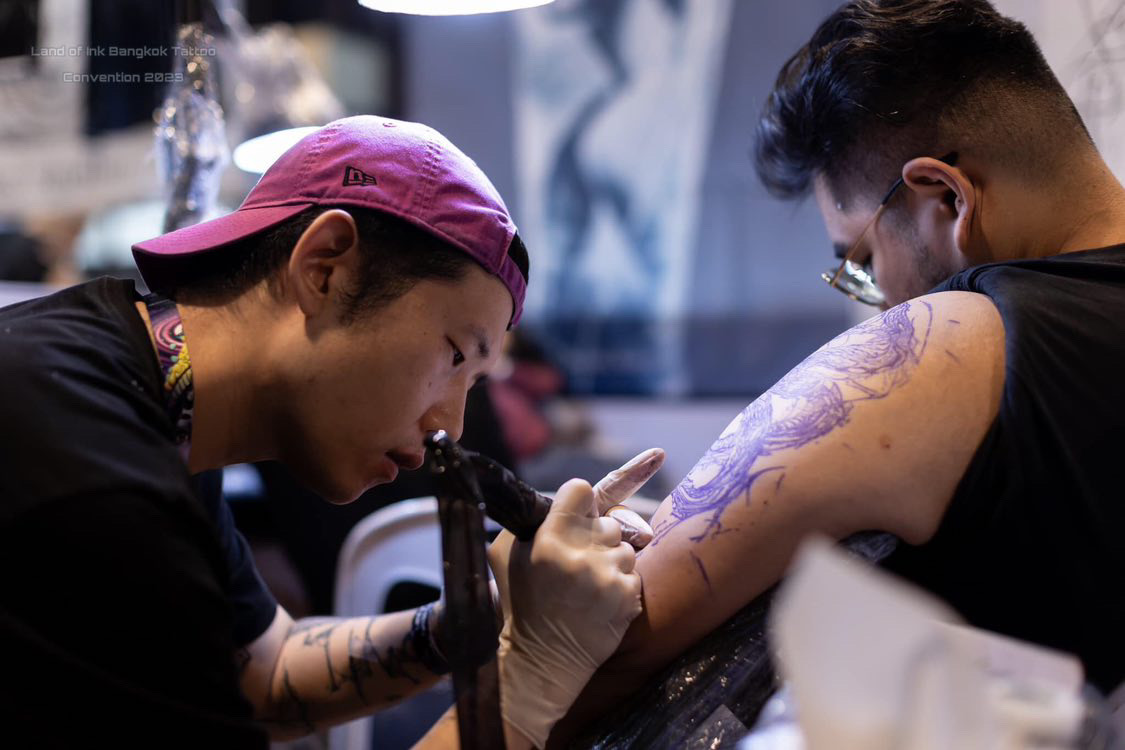
Timor was born and raised in South Korea, surrounded by art since childhood. However, his path to tattooing didn’t begin right away — his first profound encounter with tattoo culture happened during travels abroad. That experience became a turning point: it was then that he realized tattooing is not just about creating images on skin, but about making a conscious, lasting statement.
I felt a deep connection to the idea of storytelling through skin — not just drawing an image, but creating something permanent and meaningful.

— Timor, do you remember the moment you realized you wanted to become a tattoo artist? Did you have any artistic interests before that?
— Yes, there was a very clear moment. I saw an artist creating a bold, clean piece using only black lines and thought, “This is what I want to do.” Before that, I was always interested in drawing and design, and I was drawn to forms of expression that carried emotional weight. Tattooing felt like a natural extension of that.
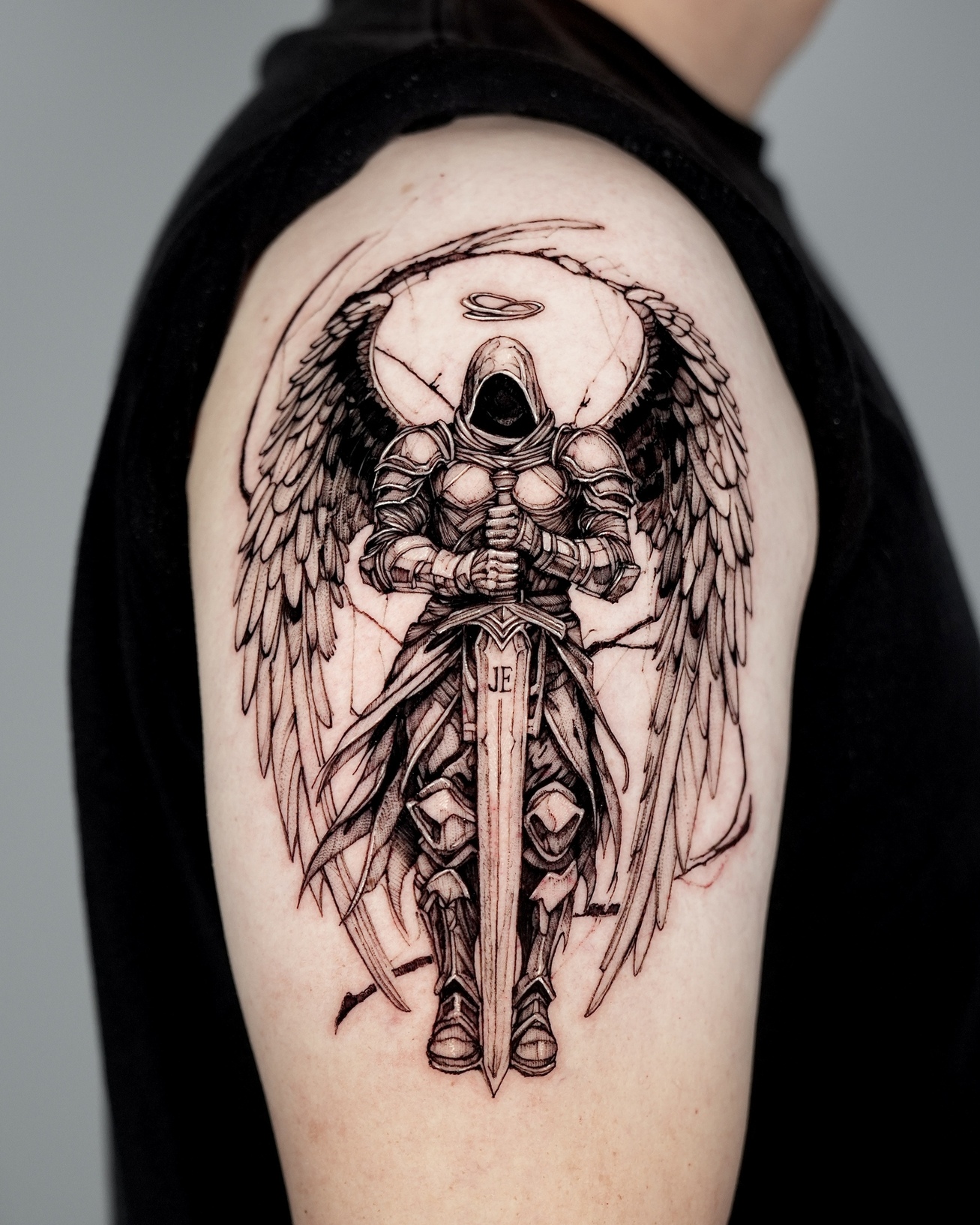
— You specialize in blackwork and linework. What led you to choose these particular styles?
— I’ve always been drawn to strong imagery and symbolism. Blackwork and linework feel like the most honest way for me to express myself. There’s so much that can be said with just black ink — without color, the focus shifts to structure, composition, and concept. That minimalism speaks to me deeply.
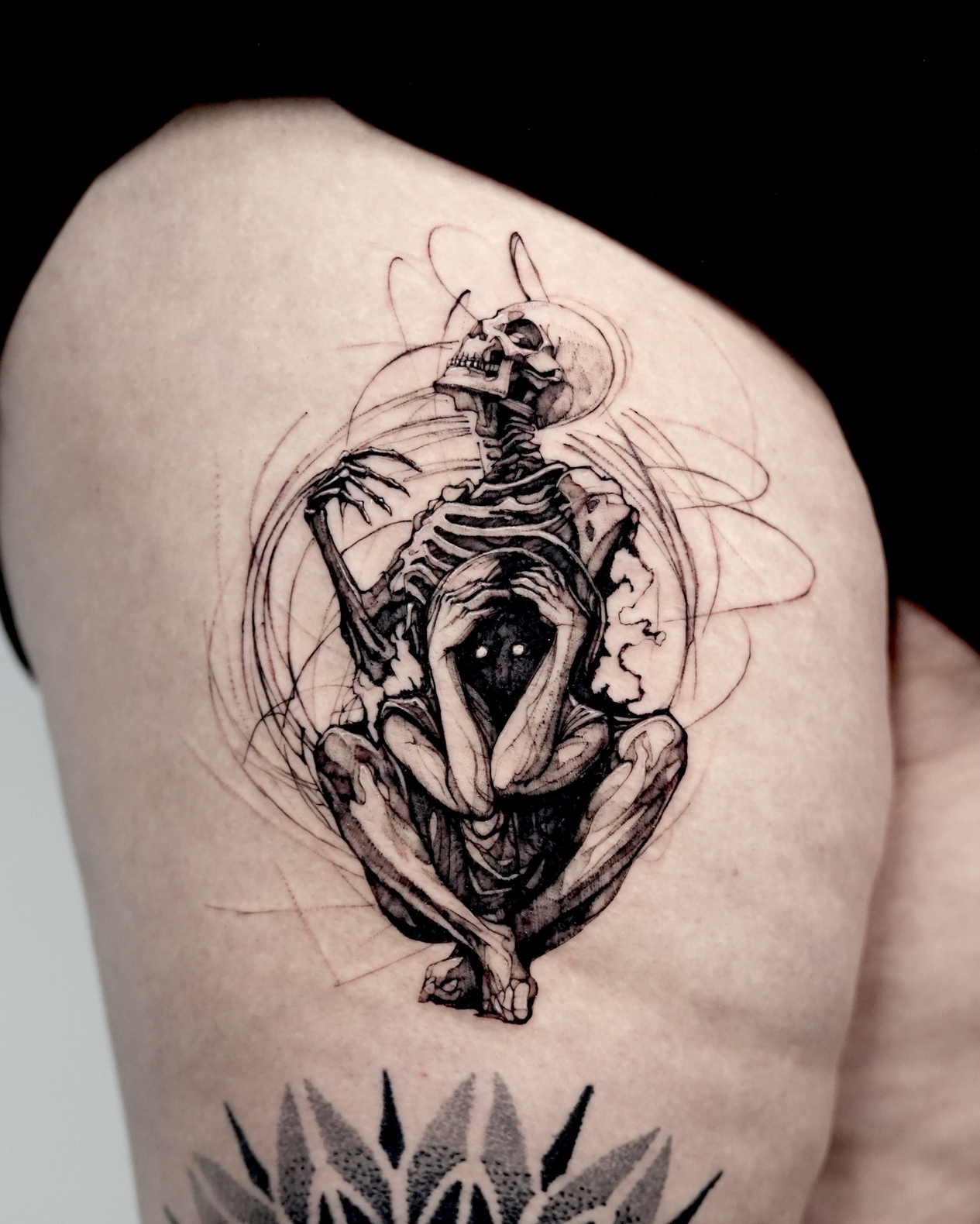
— The theme of death appears often in your portfolio — how did you arrive at this visual concept, and what does it mean to you personally?
To me, death isn’t about darkness — it’s about balance and transformation.
Every living thing is finite, and there’s beauty in that. Symbols like skulls, snakes, and ravens don’t just represent death — they carry layered meanings. I’m not trying to provoke fear, but rather invite reflection on life, time, and change.
.jpg)
— What other themes, images, or symbols inspire your creativity? Are there certain elements you keep coming back to?
— Mythology — especially Norse mythology — is a big source of inspiration. I often come back to symbols like Valkyries, ravens, snakes, hands, and skulls. I’m drawn to what lies between nature and mysticism, and I enjoy exploring dualities like life and death, light and shadow, fragility and power.
.jpg)
— Your style is filled with countless strokes, yet the tattoos look so clean and precise. What’s your secret?
— Focus and consistency. Having a steady hand is important, but mindset matters just as much. I approach each session with calm intention. I take care in every step — from stencil placement to machine setup and body positioning. Precision doesn’t happen by accident — it comes from discipline and care.

— Do you have any favorite pieces or projects that hold special meaning for you?
— Rather than one specific piece, I’d say that many of the works I’ve done in Los Angeles hold deep meaning for me. I’ve had the privilege of working with clients who bring powerful stories and emotions to the table. Being able to express those moments through my style has been a really fulfilling experience.
.jpg)
— You’re currently working at the famous Ganga studio in LA. What can you tell us about this place?
— It’s an environment filled with talented artists who respect each other’s styles and push one another to grow. The studio has high standards for detail and craftsmanship, which keeps me focused and motivated every day.
.jpg)
— Could you walk us through your process when working with clients — from idea to finished tattoo?
— It always starts with listening. I want to understand the story or emotion behind the tattoo. From there, I begin sketching and refining the concept with the client. On tattoo day, I take my time with placement and setup.
For me, it’s not just about execution — it’s about building something meaningful and lasting together.
.jpg)
— You’ve participated in tattoo conventions around the world. Which ones made the biggest impression on you?
— The London Tattoo Convention left a huge impact on me — not only because of the scale and energy, but because I won first place there. I’ve also had great experiences in Bangkok, where I received second and third place awards. Those events pushed me to grow and connect with the global tattoo community.
— You’ve also judged tattoo competitions. What do you look for when evaluating other artists’ work?
— Technical skill is important, but what really stands out is originality and emotion. I look for work that tells a story or conveys a message — something with soul. I want to feel the artist’s intent, not just see flawless lines.
— What awards or achievements do you consider most meaningful in your career so far?
— Winning first place at the London Tattoo Convention is one of my proudest moments. The competition there was intense, and being recognized among so many talented artists gave me a lot of confidence. I’ve received other awards in various cities, but that moment still stands out.
— What creative or career goals are you setting for yourself in the near future?
— Right now, I’m focused on evolving my style and expanding my body of work. I’m planning a personal art book and considering a solo exhibition that combines tattoo design with storytelling. I also hope to collaborate with artists in other fields and eventually open a private studio where I can create fully curated experiences for clients.
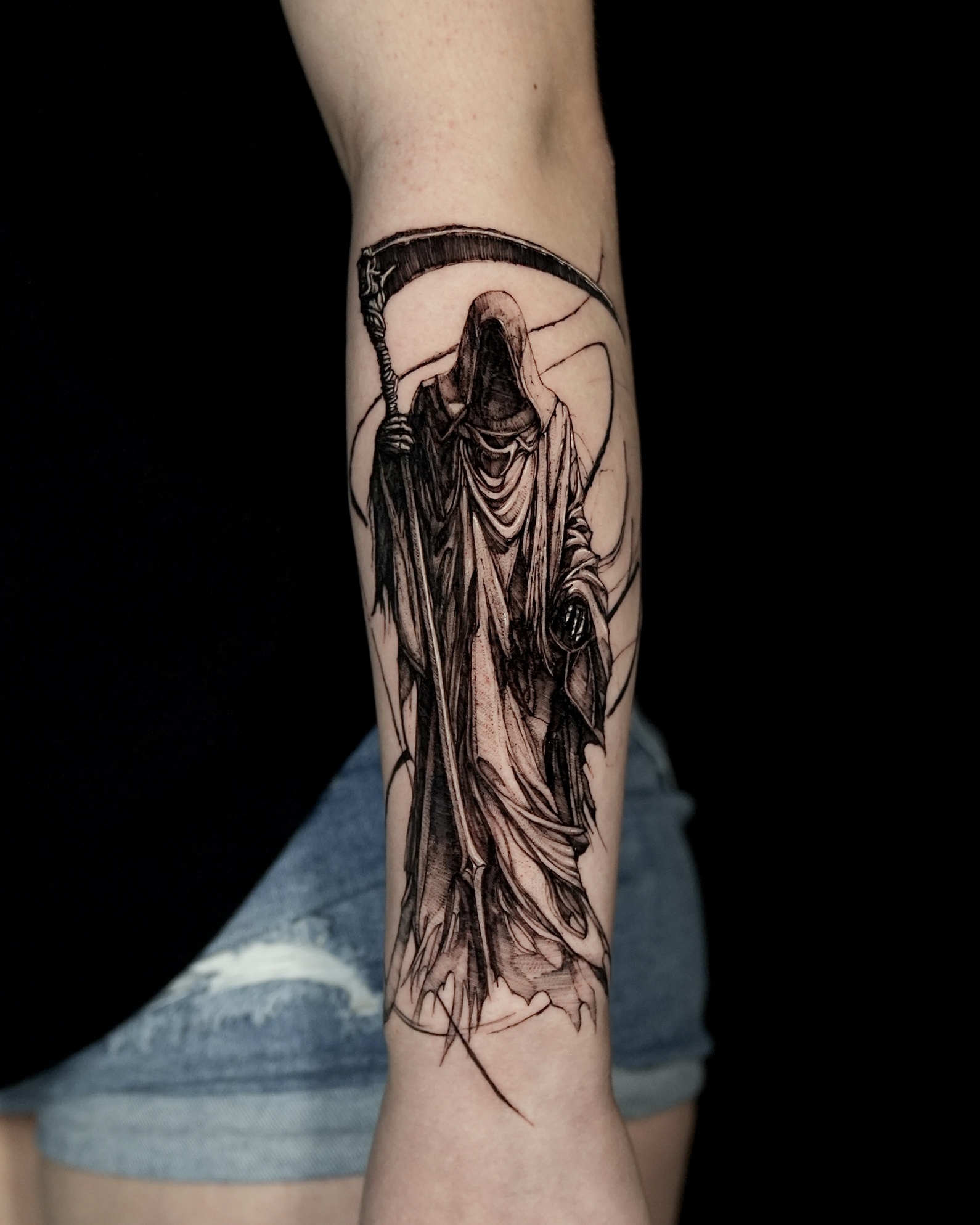
At INKPPL, we value artists who bring meaning into every detail — and Timor does just that. From the disciplined clarity of his technique to the emotional resonance of his designs, he continues to shape a personal visual language that is as timeless as it is bold.
And as his journey unfolds — from Seoul to Los Angeles and beyond — we’ll be watching closely, knowing that every new piece adds another chapter to a story still in motion.
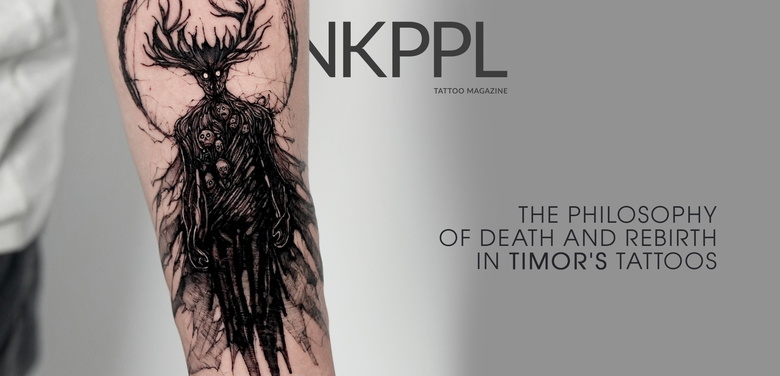

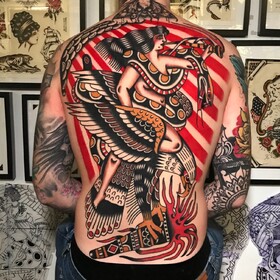
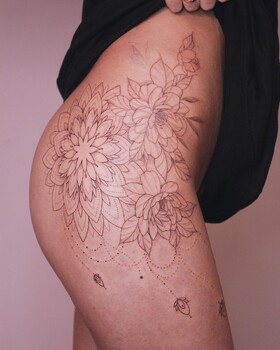
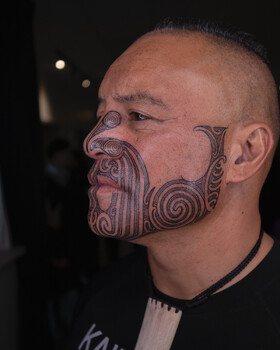


Comments (0)